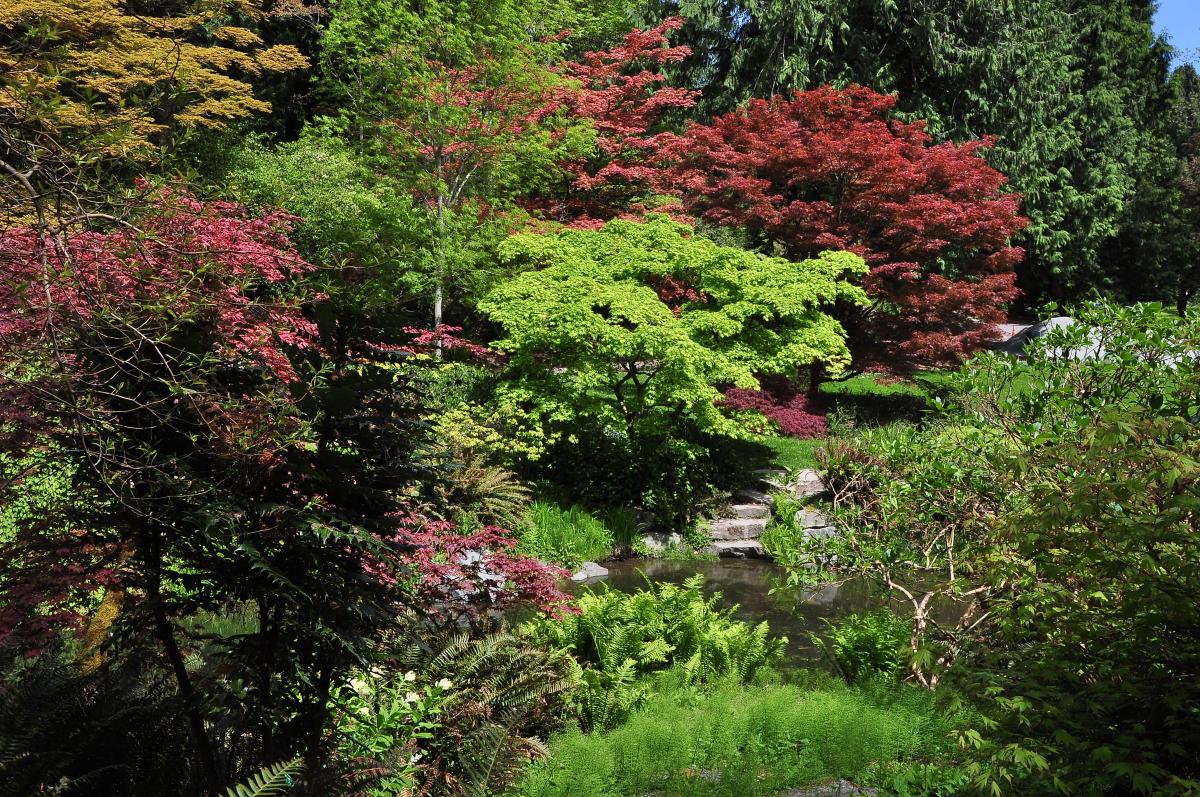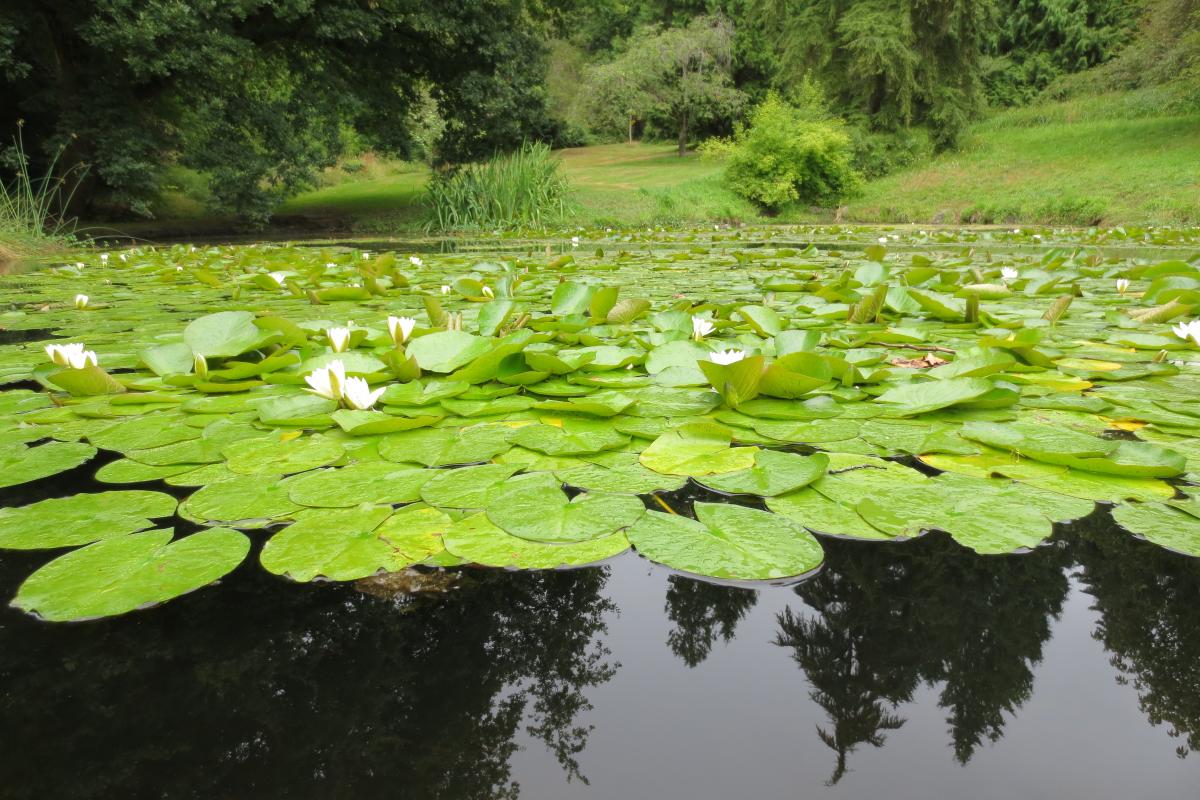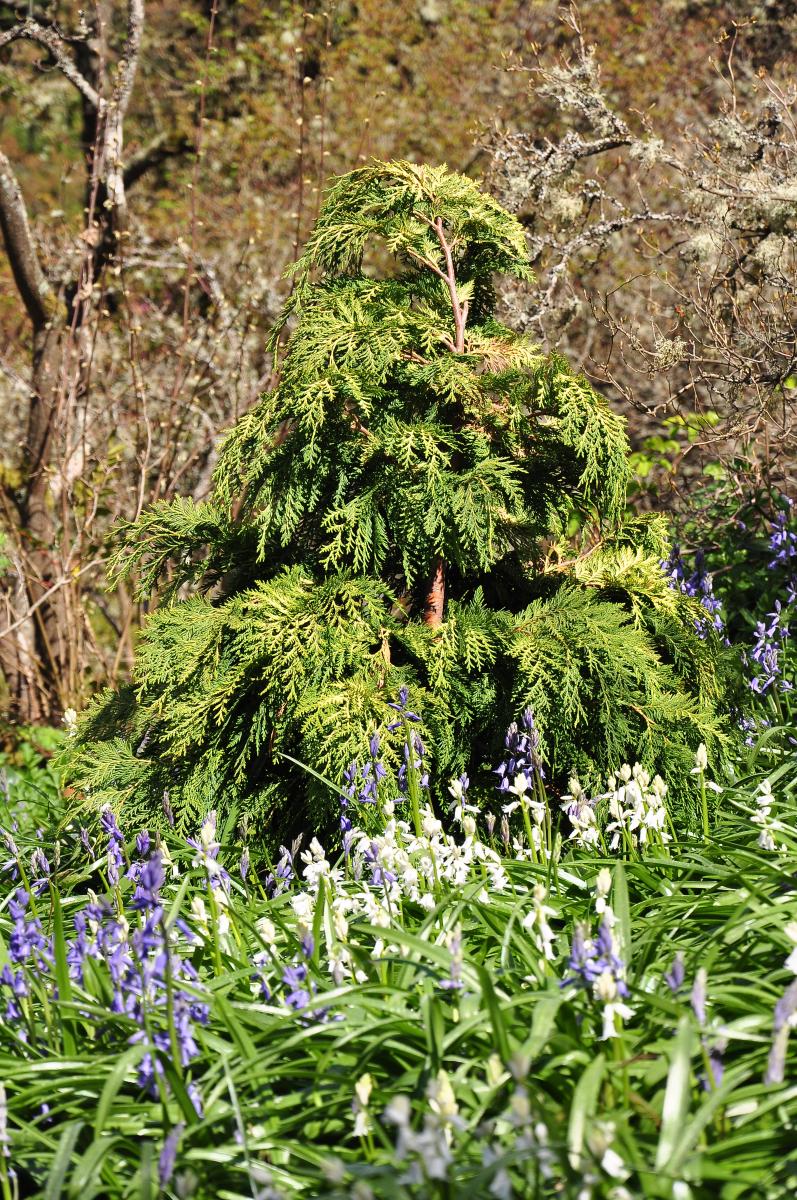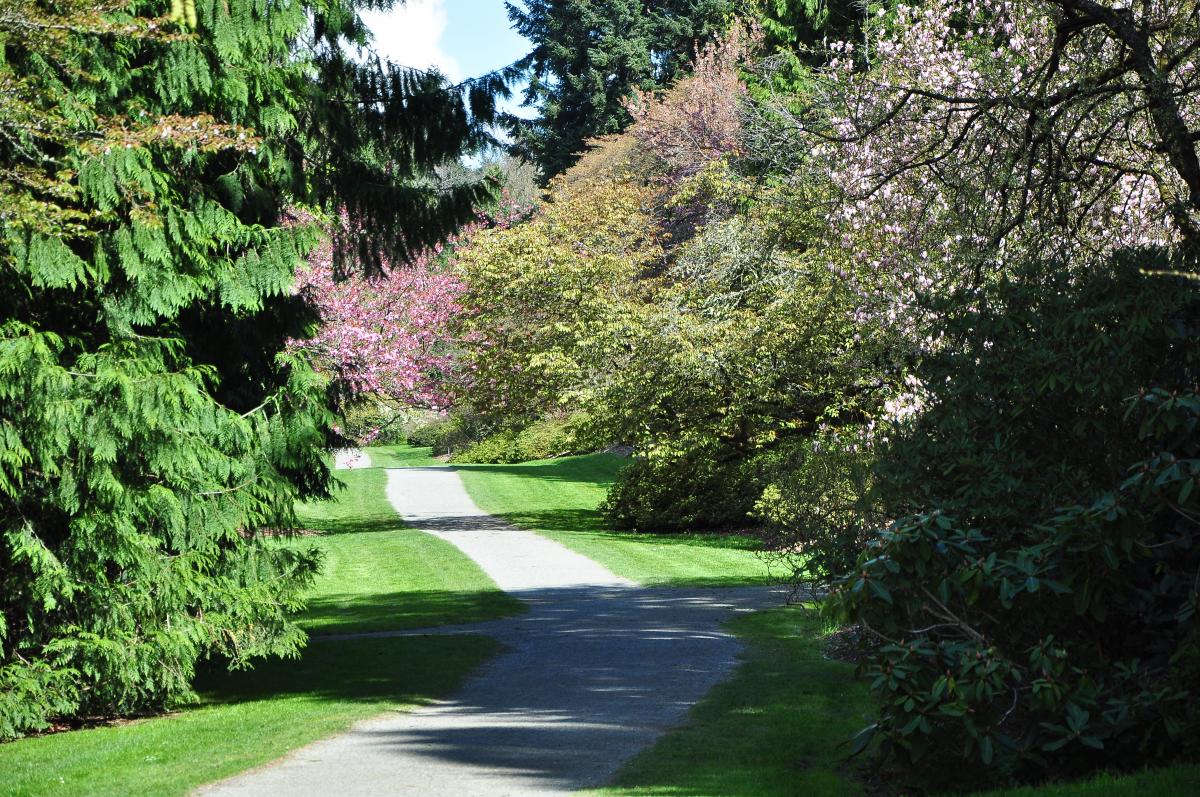
Photos courtesy of UW Botanic Gardens and Larry Howard
The UW Botanic Gardens was recently voted as one of the best university gardens in the nation. With more than 20,000 plants from around the world, it has become an international hub for plant science and ecosystem research, teaching and stewardship.
The Botanic Garden's dynamic assortment of plants, trees, and shrubs have attracted UW students, community members, and the public at large – whether it’s to marvel at the garden’s scenic views or learn a thing or two about plant conservation.
 Established in 2005, the Botanic Gardens united the gardens and programs of the Washington Park Arboretum and the Center for Urban Horticulture. The gardens are an educational tool for UW students, providing a base for research studies and classes on subjects including environmental horticulture, restoration ecology, plant physiology, rare plant conservation and more. They also are a resource for the larger community, offering open adult, professional, youth, and preschool classes ranging from basic gardening skills and landscaping to plant identification and growing vegetables.
Established in 2005, the Botanic Gardens united the gardens and programs of the Washington Park Arboretum and the Center for Urban Horticulture. The gardens are an educational tool for UW students, providing a base for research studies and classes on subjects including environmental horticulture, restoration ecology, plant physiology, rare plant conservation and more. They also are a resource for the larger community, offering open adult, professional, youth, and preschool classes ranging from basic gardening skills and landscaping to plant identification and growing vegetables.
“We have great facilities, but also fabulous outdoor classrooms for teaching opportunities," said Jessica Farmer, the Botanic Garden’s adult education supervisor. “It’s great to have a living classroom to take students to and demonstrate hands on learning.”
The Botanic Garden teaching staff doesn’t have any trouble organizing lessons or running out of new material to present. With the Botanic Garden’s historic trees, as well as a vast and rare plant collection – plants from New Zealand, Australia, Chile, China, and parts of the U.S. are housed here – there is always something new to learn.
“We talk about concepts in the classroom and then go out to the tree collections in the Arboretum,” said Farmer. “We see these old established trees and how they actually perform in the landscape, what pest and disease problems affect different species, and how you can better manage those problems.”

“Since all of our plants are documented, instead of having a researcher travel all the way to China to get certain plants, we collect a small amount and send it to them,” said Sarah Reichard, director of UW Botanic Gardens. “Part of any arboretum is the conservation value of the collection. The more documentation you have about a collection, the more scientific value it has.”
UW Botanic Gardens has over 300,000 seeds from wild populations of native plants stored at 57 degrees Fahrenheit in a seed vault. Seeds are grouped based on maternal line (seeds that come from one mother plant), sealed in an envelope and placed into a freezer. Others are sent to researchers.
"If a plant population declines, we would plant these seeds back into the environment to ensure genetic diversity,” said Wendy Gibble, Botanic Garden’s manger of conservation and education. "If we had a gated site we could plant them for educational purposes. For now, seeds will stay in the vault for decades – until we have use for them.”
The seed bank ensures plants' future. In the present, the public can enjoy what’s already growing – whether it’s taking in the views at the Japanese Garden, strolling through one of the nation’s best woody plant collections, or choosing one out of the 15,000 plant books available at the Elisabeth C. Miller Library.
“We’re trying to do a better job at letting students know that this is a resource for recreation, rest and rehabilitation, and education,” said Gibble.” If you have a stressful test coming up, walking in nature is a great way to clear your mind and relax.”
